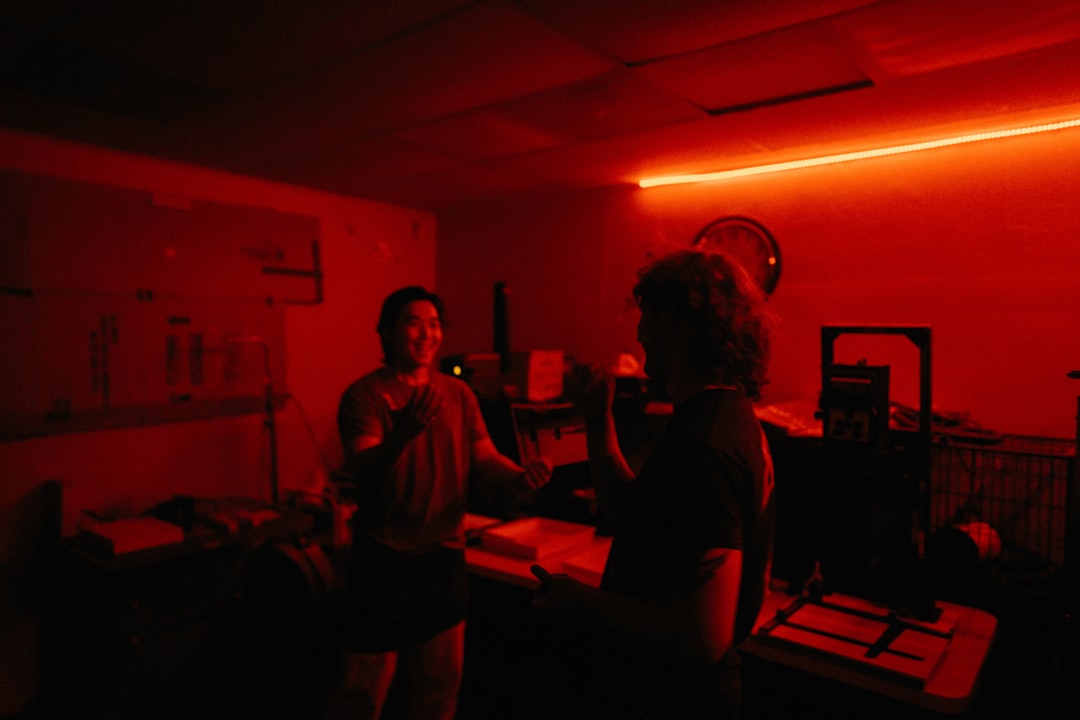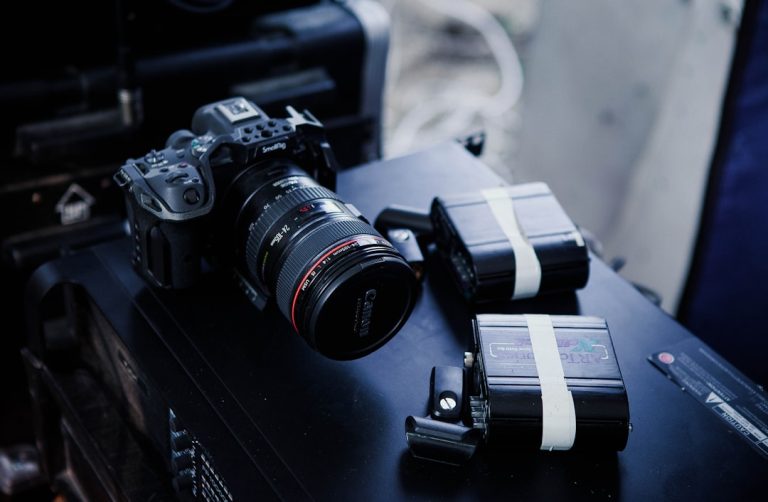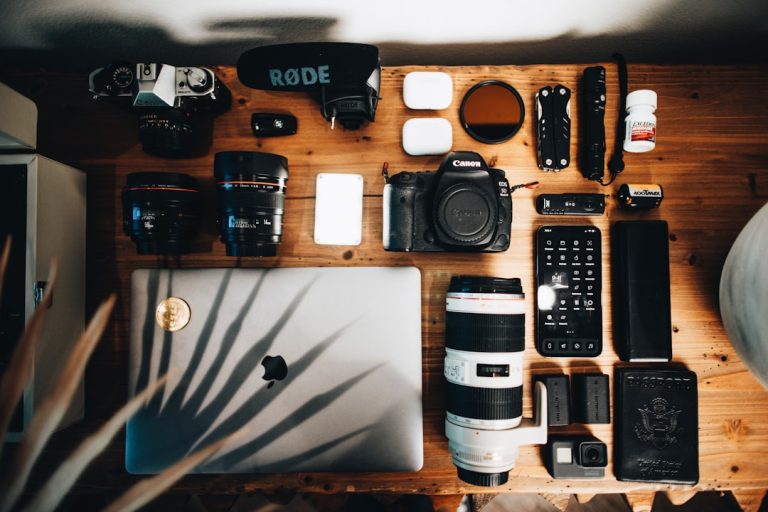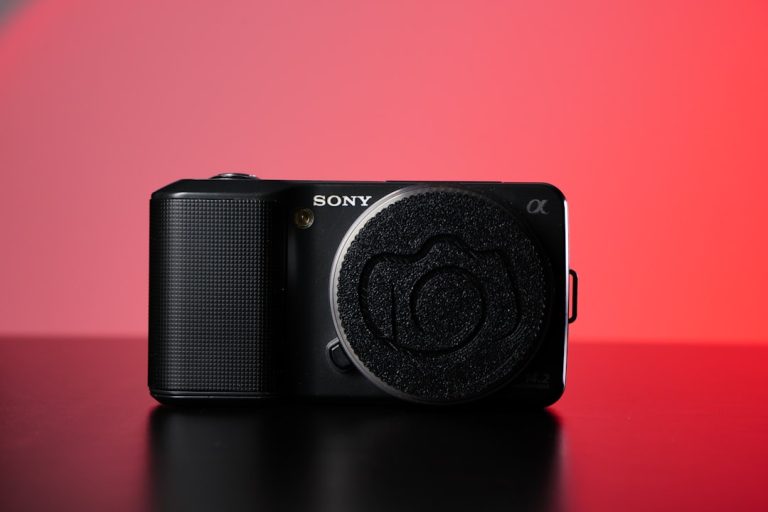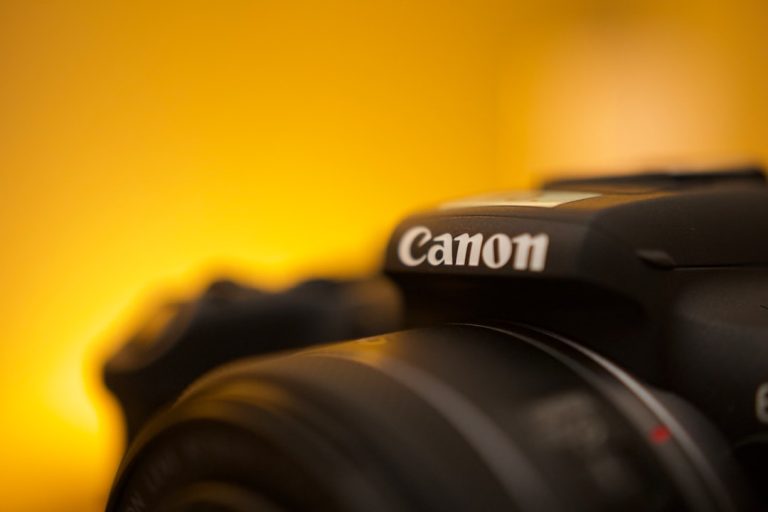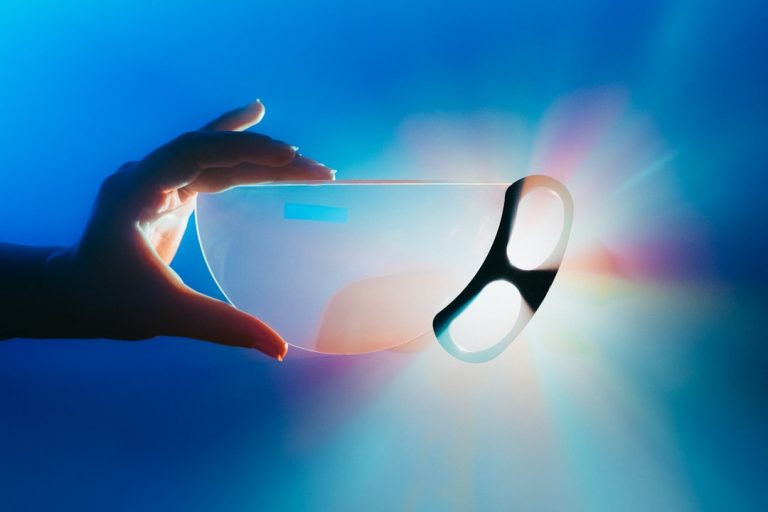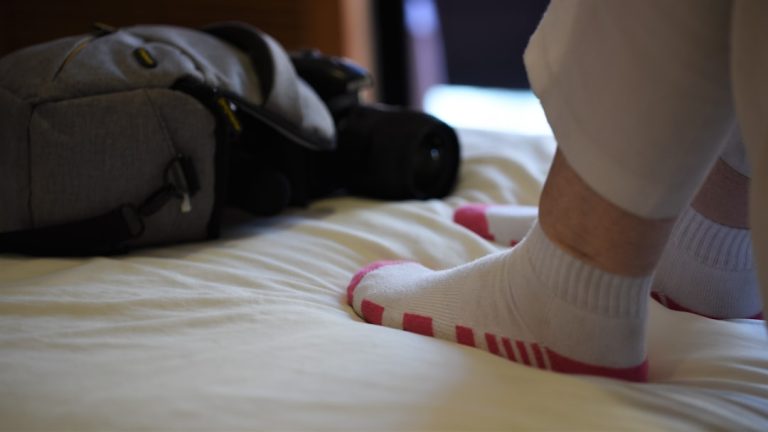The Quest for the Perfect Shot: How to Choose Your Photography Equipment Wisely
In the realm of photography, the right equipment can make the difference between a snapshot and a…
In the realm of photography, the right equipment can make the difference between a snapshot and a masterpiece. With a myriad of options available, navigating the world of photography equipment can feel daunting, especially for those just starting out or looking to upgrade. Let’s dive into the essentials, budget-friendly alternatives, and some unique perspectives that can elevate your photographic journey.
### Understanding Your Needs
Before splurging on the latest and greatest gear, it’s vital to understand your own photography needs. Are you a budding landscape photographer who dreams of capturing the vastness of the Grand Canyon? Or perhaps you’re an aspiring portrait artist looking to showcase the nuances of human emotion? Each niche requires different tools. By identifying your photography style, you can narrow down the equipment that will best support your creative vision.
### The Basics: Must-Have Gear
At the heart of any photographer’s toolkit lies a camera, but not just any camera. While DSLRs and mirrorless systems are popular choices, smartphones have also made significant strides in camera technology. A budget-friendly yet high-quality option is to consider a mid-range DSLR or mirrorless camera, which provides a good balance of features and price. Look for cameras that offer interchangeable lenses, as this versatility will allow you to adapt to different shooting scenarios.
Next, don’t underestimate the importance of lenses. A prime lens, such as a 50mm f/1.8, can produce stunning results without breaking the bank. This lens excels in low light and offers a beautiful depth of field, perfect for portraits or street photography. Additionally, a wide-angle lens is essential for landscape enthusiasts, allowing you to capture expansive vistas in all their glory.
A sturdy tripod is another must-have. Not only does it provide stability for long exposures and low-light shots, but it also opens up creative possibilities for experimenting with composition and framing. Look for lightweight options if you plan to hike to your shooting locations.
### Budget-Friendly Alternatives
While it’s easy to get swept up in the allure of high-end photography gear, there are many budget-friendly alternatives that can yield exceptional results. For example, consider renting equipment before making a purchase. Many camera shops and online services offer rental options, allowing you to test different gear without the financial commitment. This is particularly useful for specialty items, like a telephoto lens or a drone, which you may only need occasionally.
Also, explore second-hand markets. Many photographers sell their equipment as they upgrade, and you can often find gently used gear at a fraction of the retail price. Websites like KEH, B&H Used, and eBay can be treasure troves of affordable equipment.
### The Luxury vs. Affordable Dilemma
As you dive deeper into photography, the question of luxury versus affordable gear inevitably arises. High-end equipment often comes with superior build quality, faster autofocus, and enhanced image quality. However, many affordable options provide impressive performance, especially for hobbyists or those who are still learning the ropes.
Investing in education, such as workshops or online courses, can often provide a higher return on investment than purchasing expensive equipment. Understanding the fundamentals of composition, lighting, and post-processing can dramatically enhance your photography skills, regardless of the gear you use.
### Eco-Friendly Photography Gear
In today’s world, sustainability is key. Many manufacturers are now producing eco-friendly photography equipment made from recycled materials or that prioritize energy efficiency. Brands like Olympus and Canon are focusing on reducing their carbon footprint by adopting greener manufacturing processes. Additionally, consider investing in solar-powered chargers for your camera batteries or using biodegradable cleaning products for your lenses.
### The Psychological Impact of Gear
Interestingly, the equipment you use can have psychological effects on your photography. Many photographers find that using gear they love and are passionate about boosts their confidence and creativity. On the other hand, feeling overwhelmed by too many options or equipment that doesn’t meet your needs can stifle creativity and lead to frustration.
### Conclusion: Gear as an Extension of Your Vision
Ultimately, your photography equipment should be a tool that enhances your creative expression, not a source of stress. By understanding your needs, exploring budget-friendly options, and prioritizing sustainability, you can build a photography toolkit that not only fits your style but also aligns with your values. Remember, the most crucial element in photography is not the camera or the lens—it’s your unique perspective and vision. So grab your gear, get out there, and let your creativity shine!

